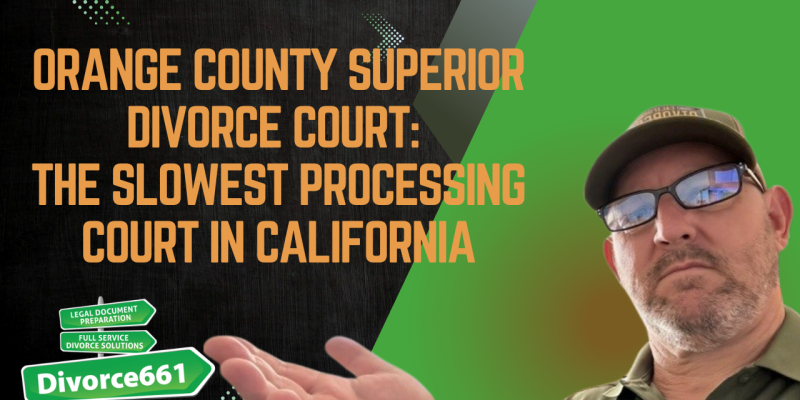Why They’re STILL Married 5 Years After Filing For Divorce
People assume divorce is simple until it is not. A recent case started in 2019 when a couple decided to handle their divorce themselves. They filed the paperwork, thought the process was straightforward, and then… nothing. Five years later they were still legally married.
How a DIY Divorce Gets Stuck
Self‑representation can save money, but it exposes parties to procedural pitfalls and missed opportunities. In this case the couple filed their divorce case in 2019 and then let it languish. Basic errors, incomplete documents, or not responding to court requests are common reasons a filing never becomes a final judgment.
“They thought they could do their own divorce because they thought it was a simple process.”
“They filed their divorce case in 2019 over 5 years ago.”
Filing is only the first step. Courts expect specific forms, deadlines, and proof of service. If any of those boxes are not checked, the case can sit indefinitely. That means you remain married on paper, even if your life moved on years ago.
What I Did to Fix It Quickly
When professionals step in, they look for the critical missing pieces and act immediately. In this example the case was picked up, paperwork was finalized in two days, and the materials were submitted to the court for approval.
Here are the key actions that most often unlock a stalled divorce:
- Audit existing filings to identify missing forms and incorrectly completed sections.
- Correct procedural defects such as improper service, unsigned declarations, or missing notices.
- Prepare and file the required closing documents required by the local court to request a final judgment.
- Communicate proactively with the court clerk to confirm submission requirements and timelines.
Common Mistakes That Lead to Years of Delay
- Incomplete paperwork – Missing signatures, exhibits, or necessary declarations.
- Failure to serve correctly – Service rules vary by jurisdiction and must be followed precisely.
- No follow‑up – Ignoring notices from the court or missing hearing dates.
- Assuming filing equals finality – Filing starts the process but does not end it.
Practical Tips If You’re in the Middle of a DIY Divorce
- Keep copies of everything you file and proof of service.
- Track deadlines for responses, hearings, and required disclosures.
- Use local court resources such as self‑help centers that explain county requirements.
- When in doubt, get help early — a short consultation can prevent years of delay.
Final Thought
It’s tempting to try to save money by handling a divorce alone, but the process has technical demands that can keep you legally bound long after you think the case is over. A quick, focused intervention can often resolve these issues in days rather than years. If your divorce has stalled, audit the paperwork, fix procedural errors, and move decisively toward submitting the final documents for court approval.
Quick checklist before you submit final documents
- All forms completed and signed
- Proof of service attached
- Required declarations and notices included
- Copies ready for court and opposing party




